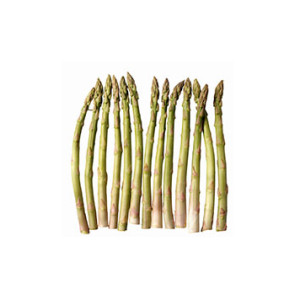
Diversity in color creates diversity in health benefits, which is why it is so important to consume a diet with a variety of plant colors.
Colors in fruits and vegetables are produced by plant chemicals called phytochemicals. Each color, including white, beige, black and brown is produced by one or more different phytochemical. The Super Crew calls these fight-o-chemicals because they fight off disease.
For example, red and pink fruits and vegetables are colored by natural pigments or phytochemicals called lycopene or anthocyanins. The orange and yellow color is produced by carotenoids like beta-carotene, which is found in sweet potatoes, carrots, and pumpkins. Each of these phytochemicals imparts different benefits to the body: lycopene may help reduce the risk of cancer, especially prostate cancer; anthocyanins are powerful antioxidants that help protect cells from damage, and carotenoids help maintain healthy mucous membranes and healthy eyes.
Offer veggies when kids are hungry.
For example after school or playing outdoors Thinly sliced cucumbers in their favorite dressing, edamame with soy sauce or crunchy veggies like carrots with hummus or bean dip taste great.
Before dinner, offer a veggie appetizer.
Appetizers like garlic string beans with soy sauce or broiled asparagus with olive oil and spices are simple and tasty. Let little kids eat the veggies with their fingers, it’s more fun and they’ll eat more.
Offer veggie slaws weekly.
Make a slaw with jicama, carrot, cabbage or broccoli slaws mixed with colorful fruits and veggies like red and yellow bell peppers, apples, mandarin oranges or pineapple.
Make sure your breakfast always includes a serving of fruit!
Have the kids grab a banana with nuts while heading out the door, add chopped fruit to their cereal or yogurt, make a smoothie or enjoy orange slices as a side to scrambled eggs and whole grain toast. Breakfast has a lot of different possibilities!
Keep frozen fruit in stock.
When the weather is hot, serve frozen fruit cold in place of popsicles. Mango chunks, pineapple tidbits, raspberries, and grapes all taste great frozen. Host a blue tooth contest and see whose teeth are the most blue after eating frozen blueberries. Kids like frozen veggies too –like peas and corn, ice cold right out of the bag.
Make fruit and veggie kabobs.
Kabobs are fun and easy! Have your kids choose which veggies to insert in-between the low-fat cheese or whole grain pasta. It gets them involved in fun food preparation and will help boost taste acceptance.
Keep jarred veggies in stock for when fresh and frozen run low.
Artichoke hearts, olives, and roasted peppers make a great snack, appetizer or meal accompaniment.
Make it fun.
Bake those finger size potatoes that come in purple, yellow and red. Put them baked in foil –then place a towel over them and have your child smash it with their fist. Call it mashed-baked potatoes. Top it with some herbs, salt or pepper –getting them involved will help! Older kids may like Greek yogurt on top in place of sour cream.
Get growing!
Kids are so much more willing to eat what they helped grow and harvest. You don’t have to have a lot of land – grow something easy like an herb garden or some Swiss chard in a single pot.
Get cooking.
Consider taking a cooking class together that offers new ways to prepare vegetable dishes. You’ll add flavor and variety to your family’s diet!












